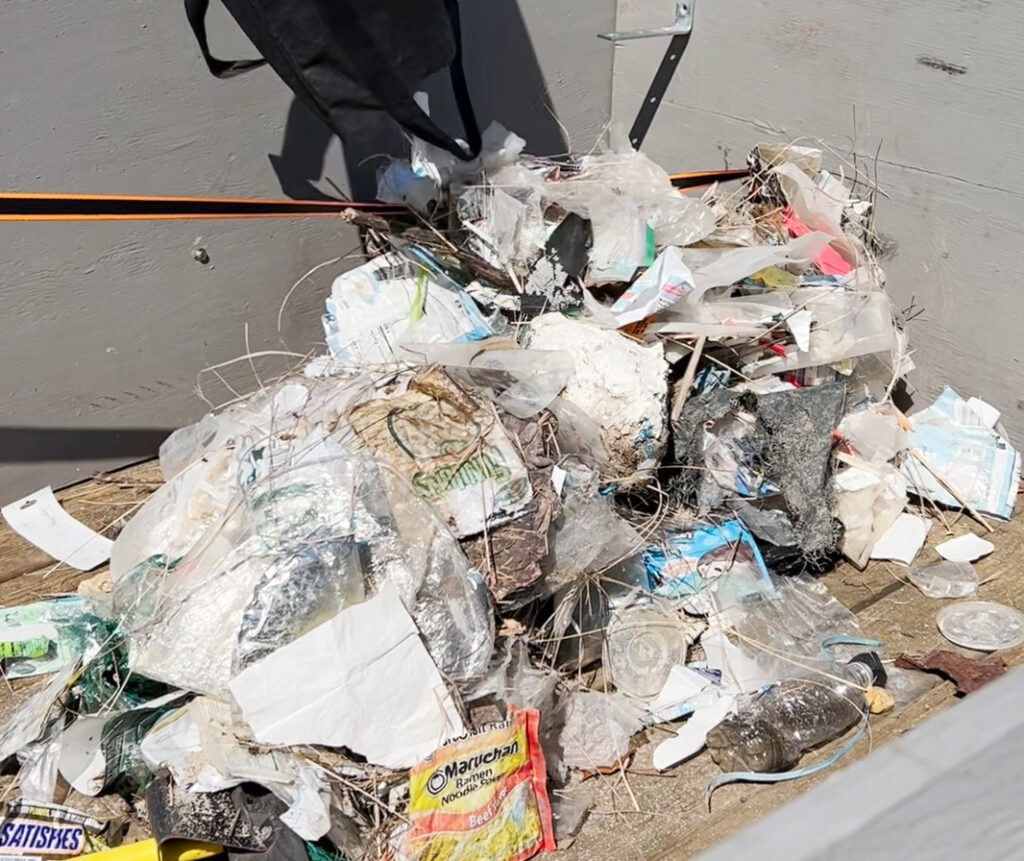Editorial: The time is now to end the sale of Plum Island

In early December 1664, just 24 years after English settlers put down roots on the North Fork, an unusual meeting was convened in Southold to discuss land ownership and a number of questionable land transactions between Europeans and Native Americans.
One item on the agenda: Who owned Plum Island?
Forty Corchaugs, as the natives who lived on the North Fork were called, attended this meeting. Among them were Paucumpt and his son Ambusco and a native man named Nowonege. The English who attended included John Youngs, Thomas Mapes and Barnabas Horton.
We have heard and read about those English families, and others, for decades, ad nauseam; their names and stories have always assumed primacy. But it must be stated that Paucumpt, Ambusco, Nowonege and the other Corchaugs present at that meeting are as key to the region’s history as any of those Englishmen.
The English had land acquisition on their minds, and manors and estates to build — as if they were back in the Old Country lording it over the peasants. The Corchaugs needed places to live, grow corn and hunt. The main stumbling block was this: The English wanted the land, but not the people who came with it.
This complex relationship came to mind last week, when the Envision Plum Island report was released, calling for the island not to be sold by its owner, the federal government, but rather turned over to a public agency for preservation.
Here we are in 2020 still trying to figure out what to do with Plum Island, who should own it and what should become of it. The wheel of history just keeps turning. In 1648, a Corchaug named Mammawetough sold the lands east of “hashamomucke” to three representatives from the colony of New Haven. Mammawetough was a major player in Southold history; something should be named after him.
The federal government put Plum Island up for auction more than a decade ago as part of a plan to relocate the island’s acclaimed animal research lab to Kansas and to pay for the construction with the proceeds from the sale. The new lab is expected to open in 2023.
Save the Sound and The Nature Conservancy wrote the recent report on the island and its future. The goal of the report, and the work of both groups over the past few years, is to convince the federal government to drop its plan to auction off this remarkable piece of real estate as if it were disposing of old office desks or typewriters.
Discussion of what will happen to Plum Island after the new lab opens has been going on a very long time. Southold’s historical record shows that the island was also on the table 372 years ago. The Envision Plum Island report lays out all the characteristics — historic and environmental — that make the island unique and worthy of preservation.
All the important stakeholders have weighed in to support that goal, yet the sale of the island remains a possibility and the federal government may begin marketing it in September to potential buyers.
We can imagine the ads: Historic island off Orient Point for sale! Perfect place for golf courses and high-end waterfront homes!
This long back and forth over Plum Island must end with its preservation in line with the way the Southold Town Board rezoned it: one part a research district centered on the lab facilities, and the rest a conservation district.
No mansions, no golf courses, no helicopter landing pads. No billionaires in their private jets. Just a rich history, abundant natural beauty and an uncommon diversity of plants and animals.
This discussion began in 1648. It’s time to bring it to a conclusion.








